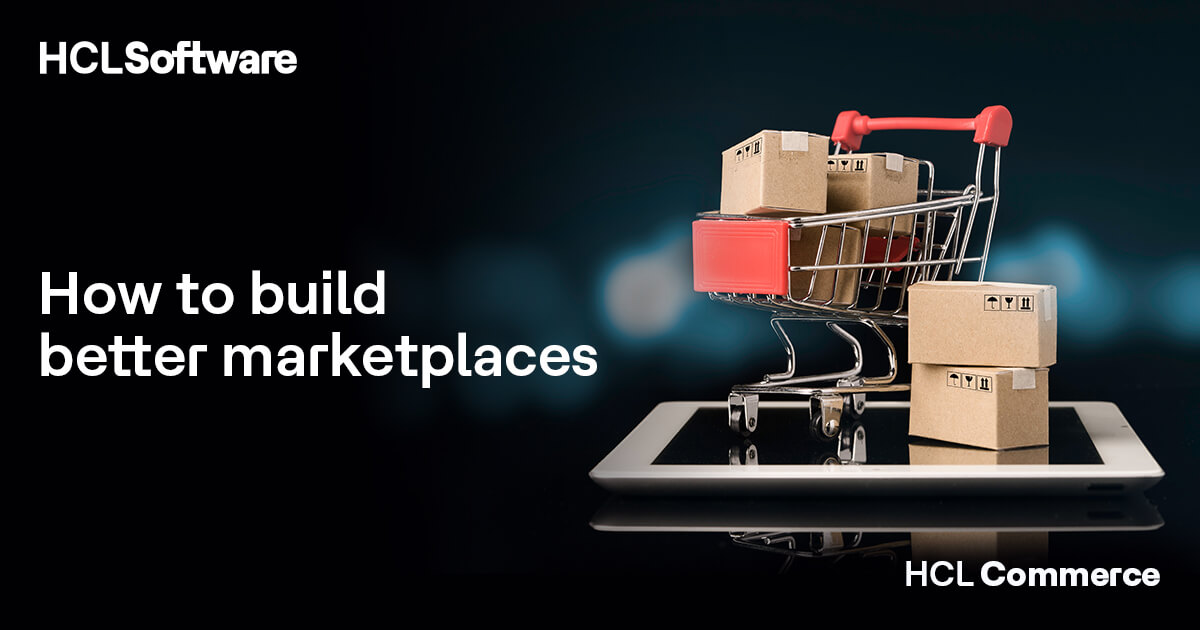In the ever-changing world of digital commerce, the pendulum keeps swinging back and forth between monolithic and microservices architectures. In reality, there is no one-size-fits-all solution. Instead, the choice between monolith and microservices depends on a multitude of factors and considerations that are specific to each business. Each organization should evaluate its own specific business needs, technology landscape, team capabilities, and long-term goals to make an informed decision.
It’s noteworthy that after several years of investing in full microservices e-commerce approaches, leading proponents like Amazon are rethinking their strategy. Industry analysts, too, are questioning whether we’re seeing ‘the death of micro-services’, having realized that full microservices architectures are complicated and the better answer might be somewhere in between.
Initially, businesses sought to build all-encompassing monolithic systems that handled every aspect of their commerce operations. These solutions were rich in capabilities out of the box and able to handle high transaction volumes. The downside is that they can be difficult to scale and less flexible than businesses need in an industry that is changing quickly.
The answer to those limitations seemed to be the adoption of microservices architectures, which break complex systems down into small independent components. This approach delivers the agility businesses crave, but also entails a high level of complexity, heavy communication overhead, and significant investment in operational resources.
A New Approach — What Is “Integrated and Composable”?
A new approach is emerging — one that prioritizes business outcomes over the underlying technology. The premise is that what today’s businesses need is an integrated and composable approach to e-commerce.
What is “integrated and composable”? It’s an approach that leverages the best of both worlds — delivering packaged business capabilities (PBCs), such as pricing and promotions, into pre-built, self-contained modules that can be integrated easily into an e-commerce solution.
PBCs and microservices differ in two key areas:
- Scope and granularity: PBCs typically refer to large, self-contained modules that encompass a deeper set of capabilities and services within a specific function. They are designed to provide comprehensive features, such as pricing and promotions. In contrast, microservices are much smaller and focused on specific, single-purpose functionalities. They are often organized around specific business capabilities, such as a call from the checkout process to a payment gateway or accessing data on browsing behavior as part of a recommendation engine.
- Independence and decoupling: Microservices emphasize loose coupling and independence, such that each microservice operates autonomously and can be developed, deployed, and scaled independently. They communicate with each other through well-defined APIs. PBCs, on the other hand, are distinct packages of business capabilities that can be implemented independently and combined with other base capabilities or PBCs to create unique business solutions. They’re designed to be modular and interoperable, enabling each business to mix and match capabilities to create an e-commerce solution tailored to its specific needs.
From these simple descriptions, we can start to see why a new approach to commerce like “integrated and composable” is needed — one that delivers the outcomes businesses desire, such as revenue growth, customer satisfaction, and sustainability.
The Key Benefits of a Composable and Integrated Approach
Seamless Integration
An integrated and composable approach to e-commerce using packaged business capabilities (PBCs) provides the agility businesses want and allows them to streamline their operations by connecting various systems and applications. By pre-integrating key components such as product catalog, search, marketing and personalization, pricing, and storefronts, companies can avoid having to re-invent or re-discover the interactions required when serving up a search result or deciding what promotion to place in front of a customer.
Scalability and Flexibility
The cloud-based nature of an integrated and composable e-commerce solution empowers businesses to scale their operations rapidly. Whether it’s about handling increased website traffic during peak seasons or expanding into new markets, cloud-based platforms can seamlessly accommodate growing demands. With the ability to add or remove features as needed, businesses gain the flexibility to adapt to evolving market trends and consumer preferences quickly.
Enhanced Customer Experience
An integrated and composable approach enables businesses to deliver personalized and consistent experiences across multiple touchpoints. By leveraging customer data from various sources, such as purchase history, browsing behavior, and social media interactions, companies can tailor their offerings, recommendations, and promotions to individual customers. This targeted approach enhances customer satisfaction, fosters loyalty, and ultimately drives revenue growth.
Agile Innovation
Innovation is a key driver of success in any industry. An integrated and composable approach provides businesses with the agility to innovate rapidly. Cloud-based platforms offer a rich ecosystem of pre-built integrations and APIs, allowing companies to easily connect and leverage best-of-breed solutions. This eliminates the need for extensive custom development, reduces time-to-market, and enables businesses to stay ahead of the competition by quickly adopting new technologies and functionalities.
Cost-Efficiency
Traditionally, building and maintaining an e-commerce infrastructure involved significant upfront investments in hardware, software licenses, and IT resources. However, with an integrated and composable approach in the cloud, businesses can leverage a pay-as-you-go model. This eliminates the need for large capital expenditures and reduces costs, making budgeting more predictable. Additionally, cloud platforms offer economies of scale, providing access to enterprise-grade infrastructure, security, and performance at a fraction of the cost of traditional solutions, lowering the total cost of ownership.
Conclusion
The future of e-commerce lies in embracing an integrated and composable approach in the cloud. The benefits are far-reaching, from seamless integration and scalability to enhanced customer experiences and agile innovation. By leveraging the power of cloud-based platforms, businesses can drive operational efficiency, deliver personalized experiences, and stay ahead of competitors.
Start a Conversation with Us
We’re here to help you find the right solutions and support you in achieving your business goals.








